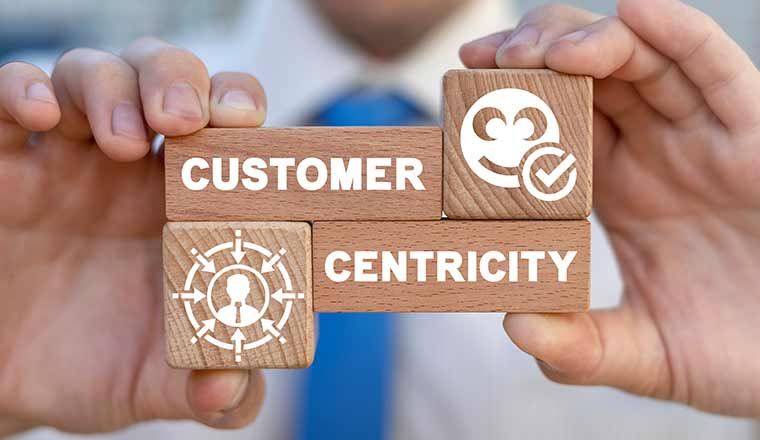To establish a successful business in the modern era, there are numerous essential factors to consider. Among these crucial factors, the customer plays a vital role. In recent years, there has been an increased focus on providing customers with a personalized and positive experience with a brand or business.
Having a customer-centric business model is paramount as it enables the organization to offer a tailored and favorable experience to its customers. Moreover, it encourages employees to prioritize customer satisfaction. Consequently, this leads to a loyal customer base and a competitive advantage over other businesses in the industry.
What is customer-centricity?
Customer centricity is a business philosophy that prioritizes the customer’s needs and wants above all else. It involves putting the customer at the center of every business decision and focusing on creating products, services, and experiences that meet their needs and exceed their expectations. Customer-centric businesses view customer satisfaction and loyalty as the key drivers of success and aim to build strong, long-term relationships with their customers.
Customer centricity requires a deep understanding of the customer, including their preferences, behaviors, and pain points. This understanding is gained through customer research, feedback, and engagement. Customer-centric businesses use this information to inform product development, marketing, and communication efforts, with the goal of providing a seamless and personalized experience for each customer.
Why being customer-centric is important?
1. Being customer-centric means that a company’s focus is on meeting the needs and expectations of its customers. It is crucial for businesses to be customer-centric for the following reasons:
2. Customer Satisfaction: A customer-centric approach helps to create a positive experience for the customer, which in turn leads to greater customer satisfaction. When customers feel satisfied, they are more likely to become loyal customers and advocates for the brand.
3. Retention: A customer-centric approach is key to retaining customers. By focusing on meeting the needs and expectations of customers, businesses can create a loyal customer base that is less likely to switch to competitors.
4. Competitive Advantage: In today’s competitive marketplace, being customer-centric can be a key differentiator. Businesses that are known for their customer-centric approach are more likely to attract and retain customers than those that are not.
5. Innovation: A customer-centric approach can lead to innovation. By focusing on the needs and expectations of customers, businesses can identify areas where there are unmet needs and develop products and services to meet those needs.
6. Revenue: Finally, being customer-centric can lead to increased revenue. Satisfied customers are more likely to make repeat purchases and recommend the brand to others, which can result in increased sales and revenue for the business.
What is the impact of poor customer centric?
Poor customer-centric practices can have a negative impact on a business in several ways:
1. Customer Churn: Poor customer service or a lack of focus on meeting customer needs can lead to high customer churn rates. Customers are more likely to leave a business that doesn’t prioritize their needs, leading to lost revenue and a damaged reputation.
2. Negative Reputation: Poor customer-centric practices can damage a business’s reputation. Dissatisfied customers are more likely to leave negative reviews and spread negative word-of-mouth about their experiences, which can deter potential customers from doing business with the company.
3. Decreased Sales: If customers are not satisfied with a business’s products or services, they are less likely to make repeat purchases. This can lead to decreased sales and revenue for the business.
4. Reduced Customer Lifetime Value: A lack of customer-centric practices can also lead to a reduction in customer lifetime value. Customers who are not satisfied with a business are less likely to make future purchases, reducing their overall value to the business over time.
5. Increased Costs: Poor customer-centric practices can lead to increased costs for a business. For example, if customers are not satisfied with a product or service, they may return it, leading to additional costs for the business in terms of returns processing and restocking.
Developing a customer-centric strategy can equip your organization with timely and relevant information, allowing you to outpace your competitors, maintain strong customer relationships, and optimize value for your stakeholders. If you are prepared to provide customer-centric experiences that enhance revenue, loyalty, and retention, please get in touch with our team VHIGNA.




